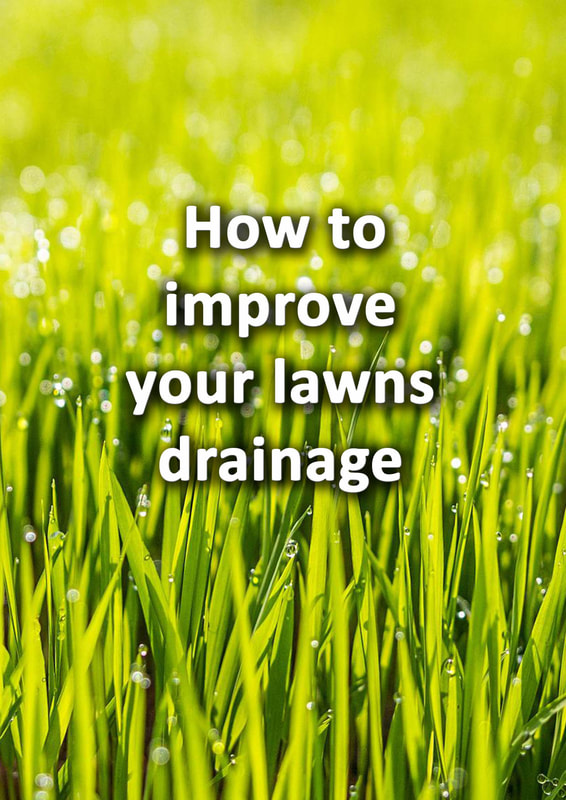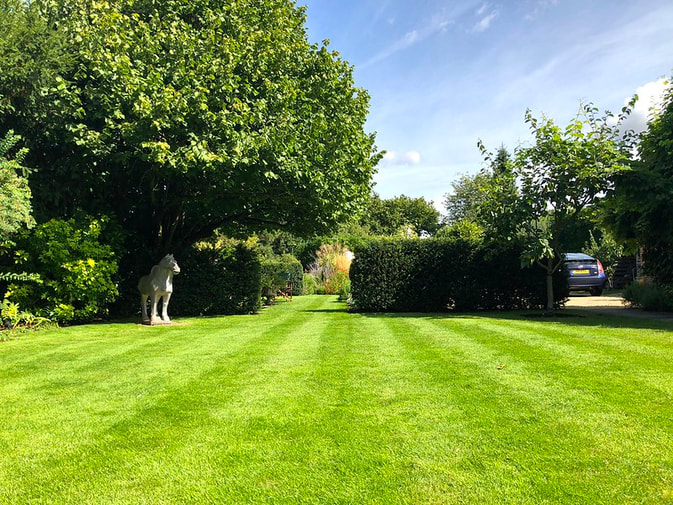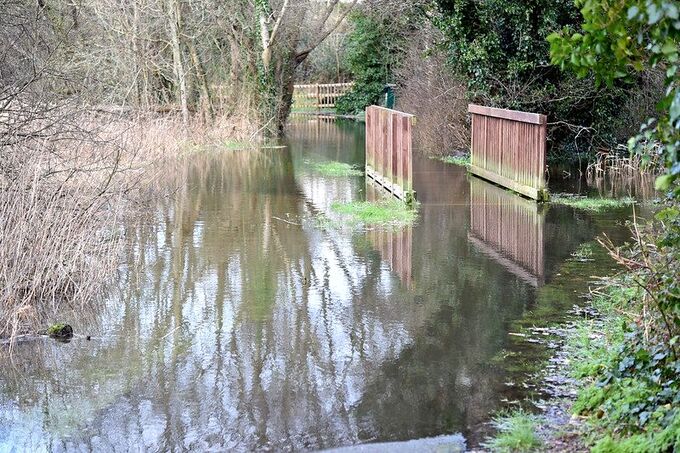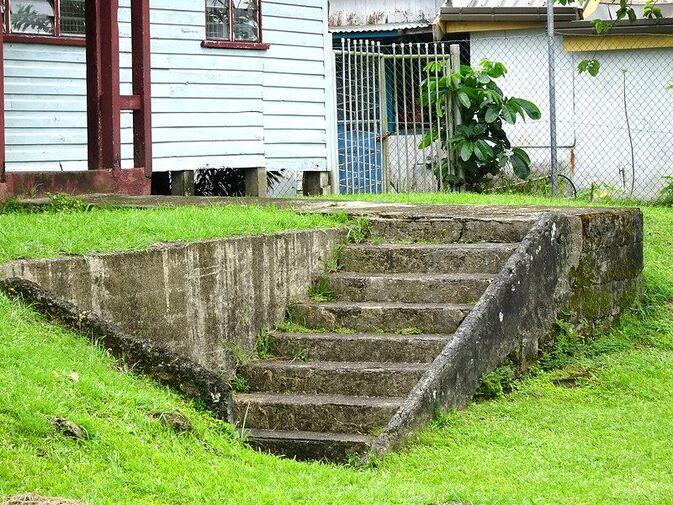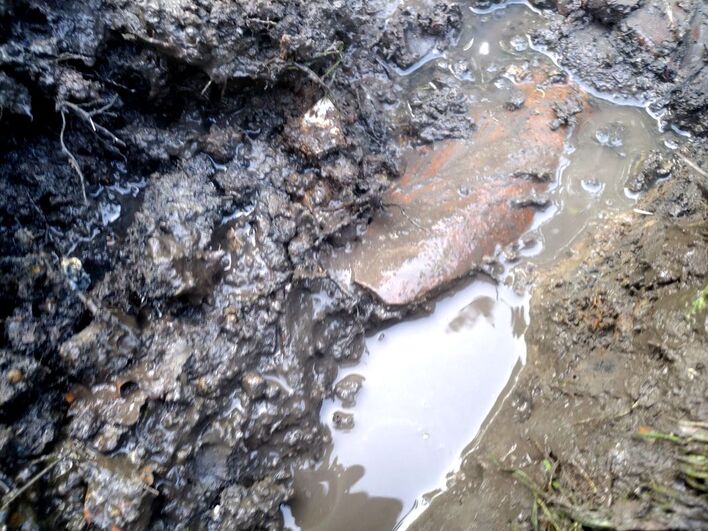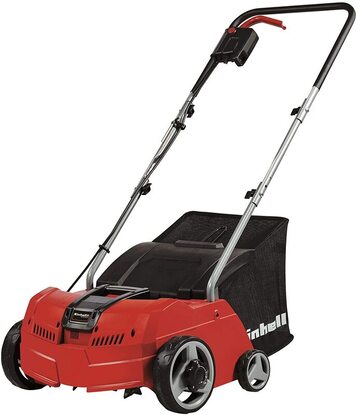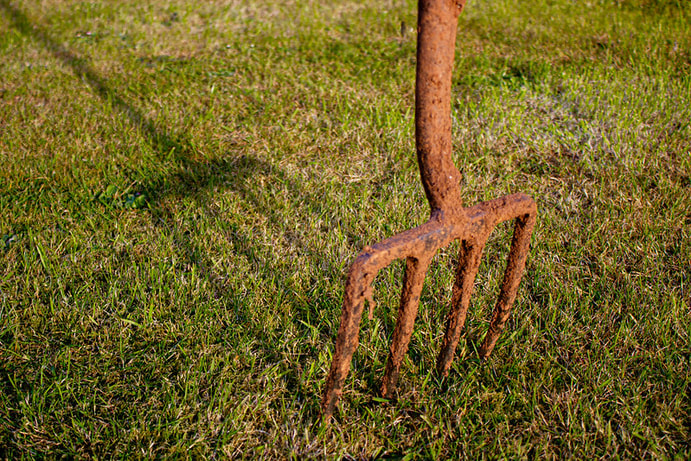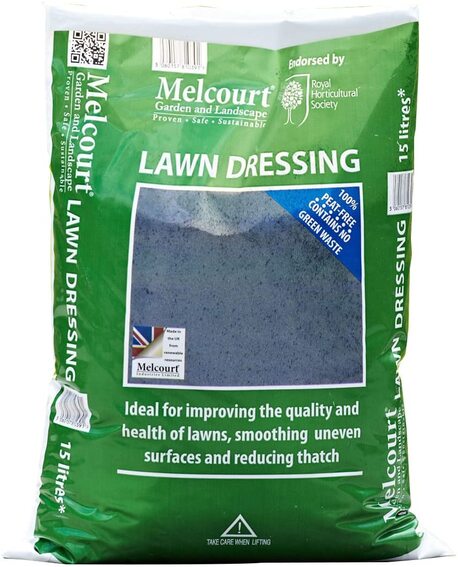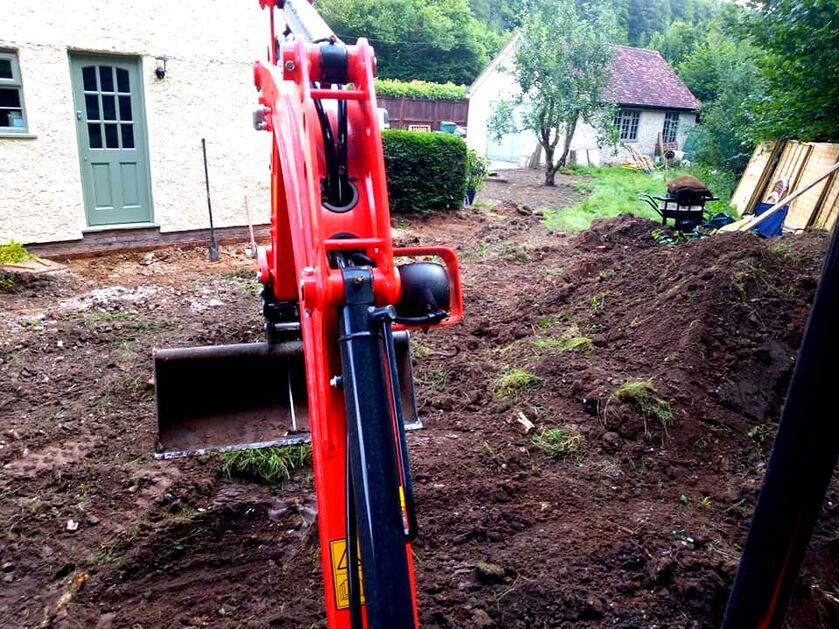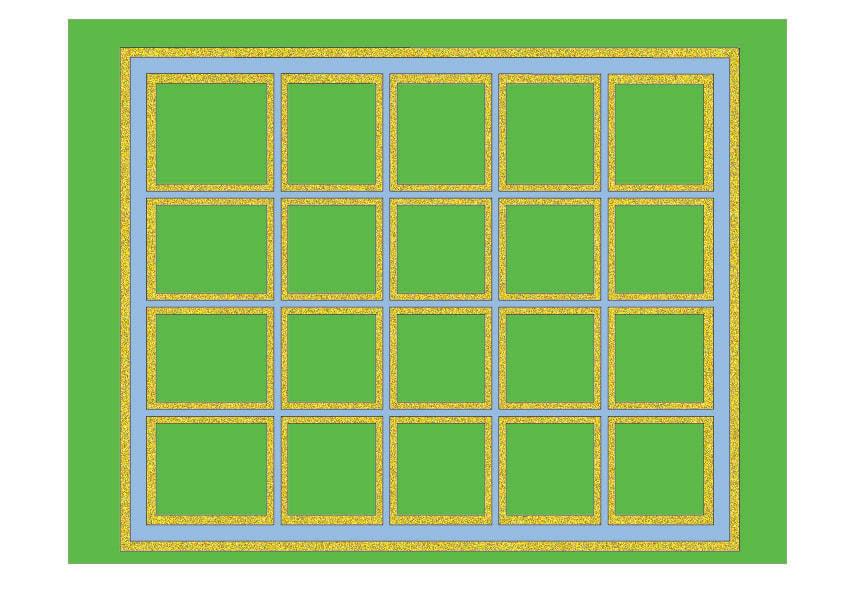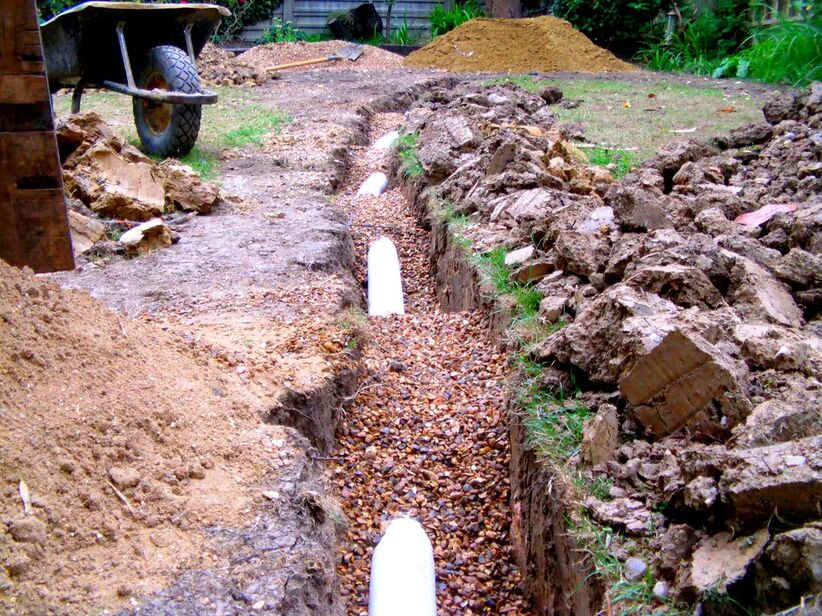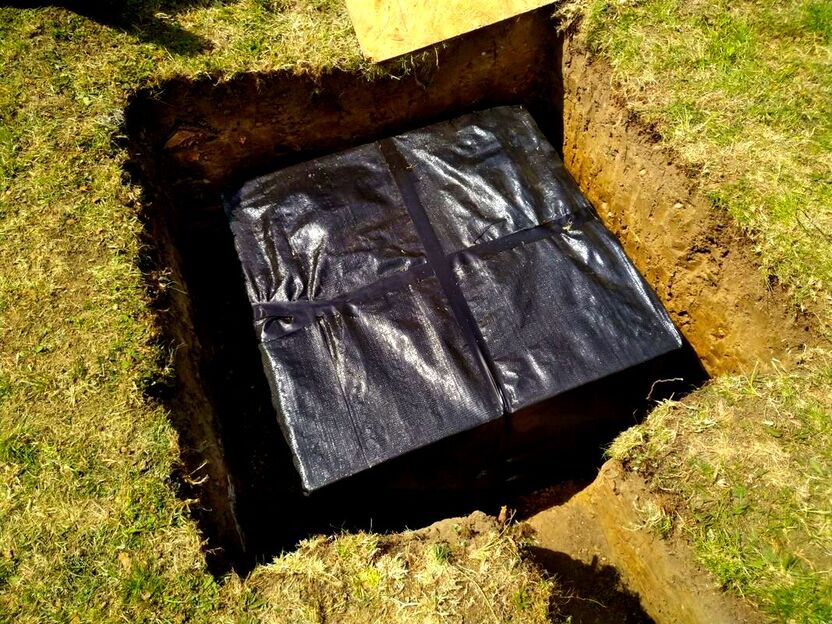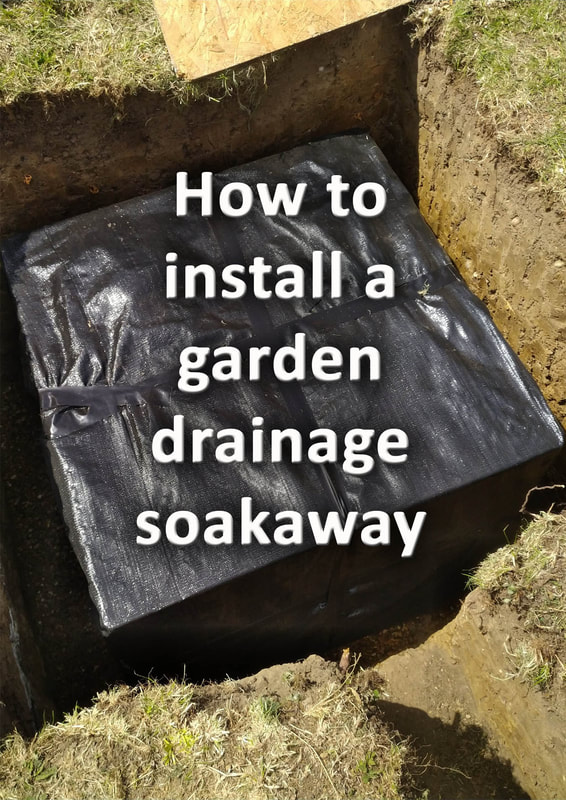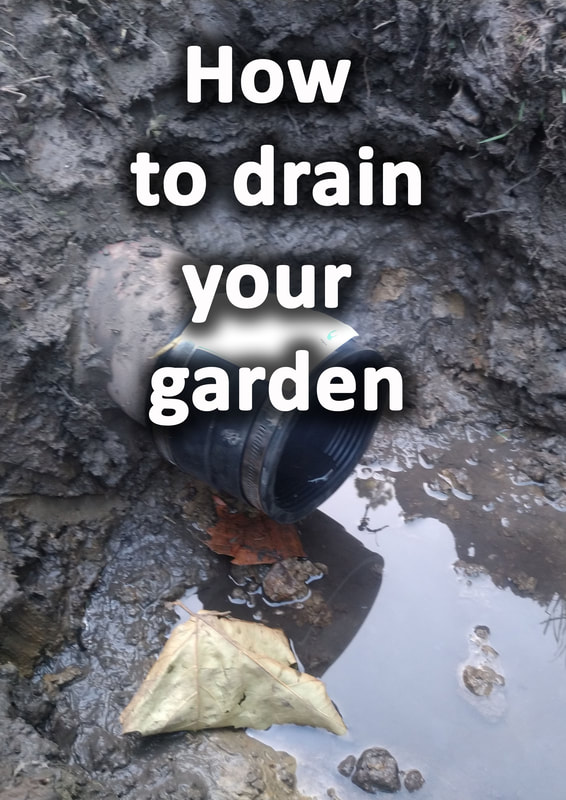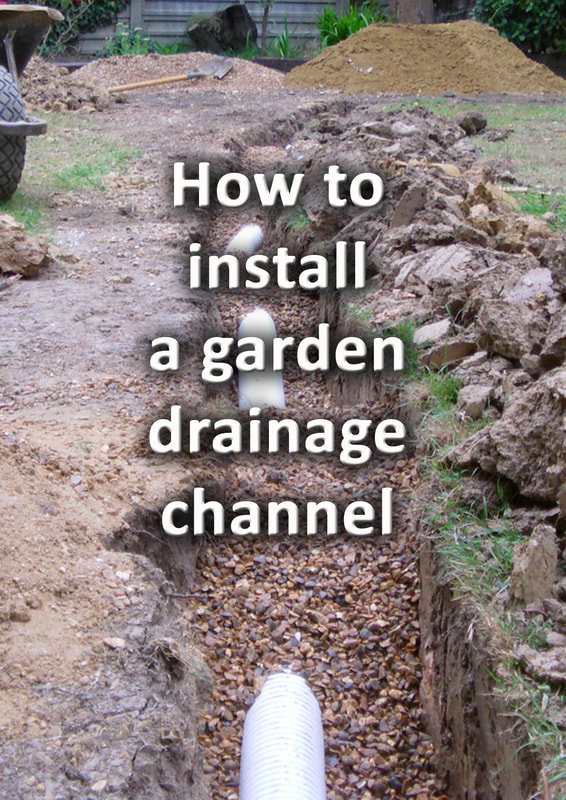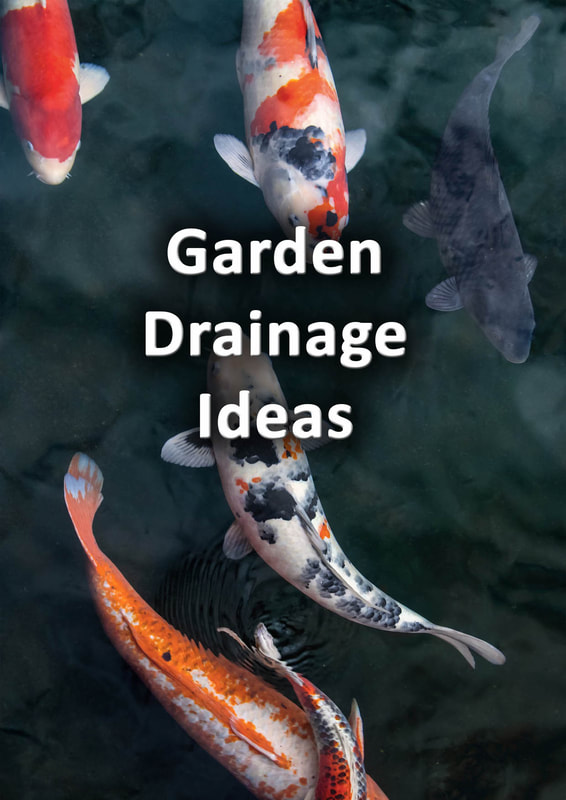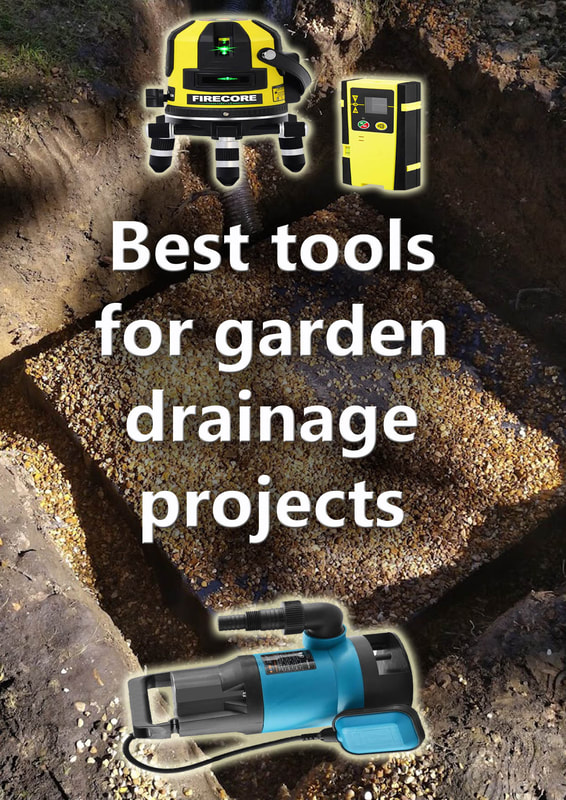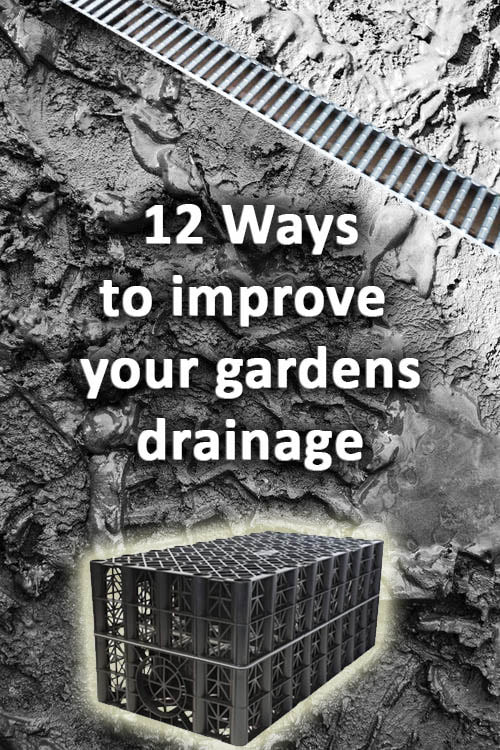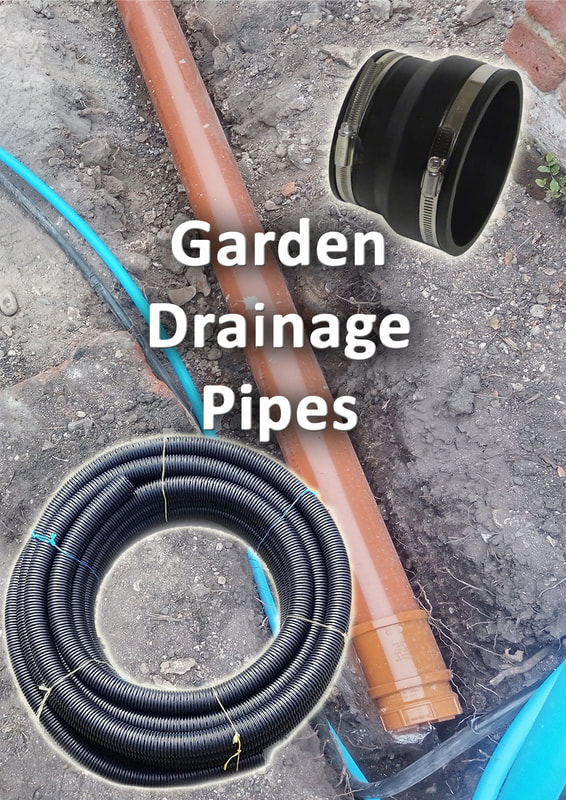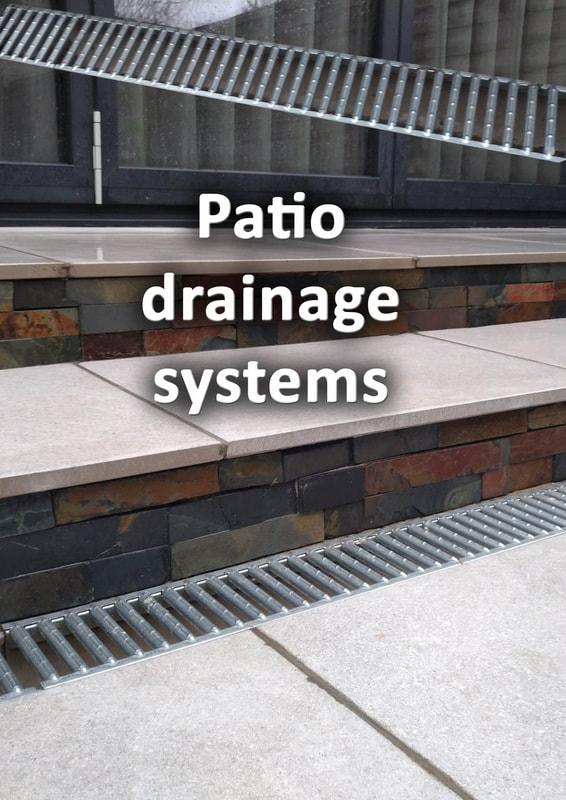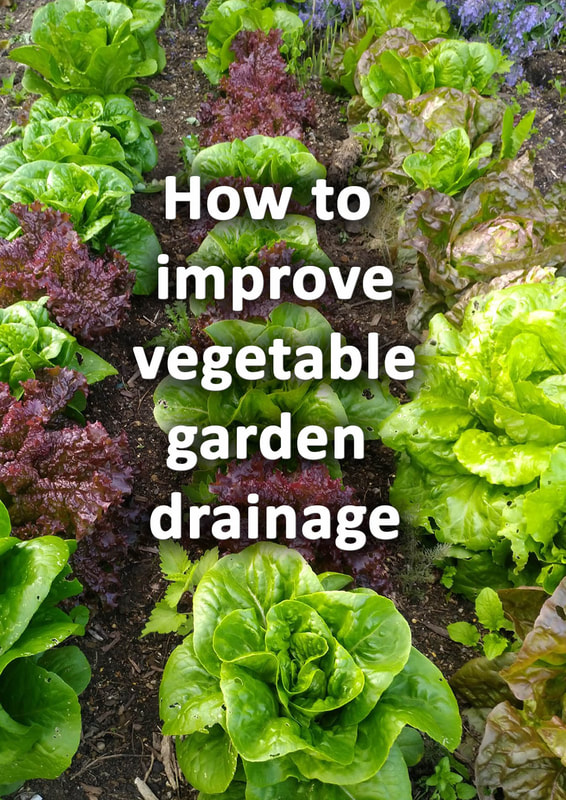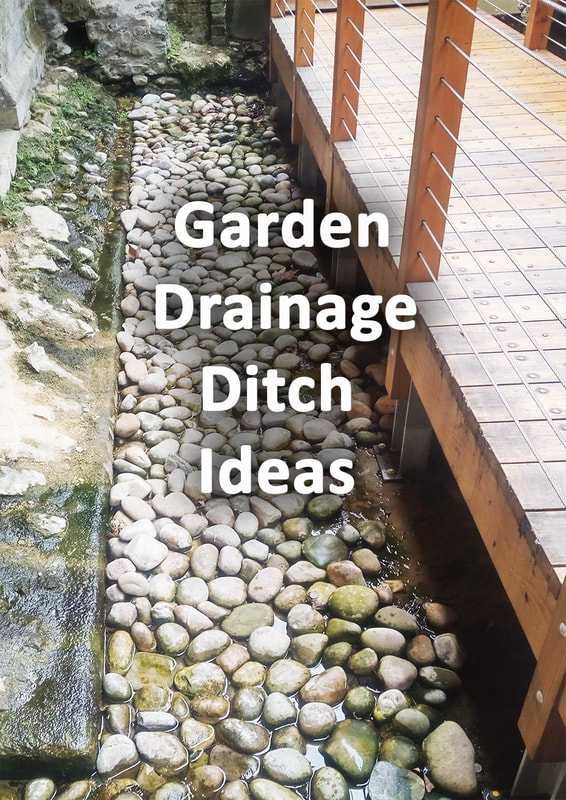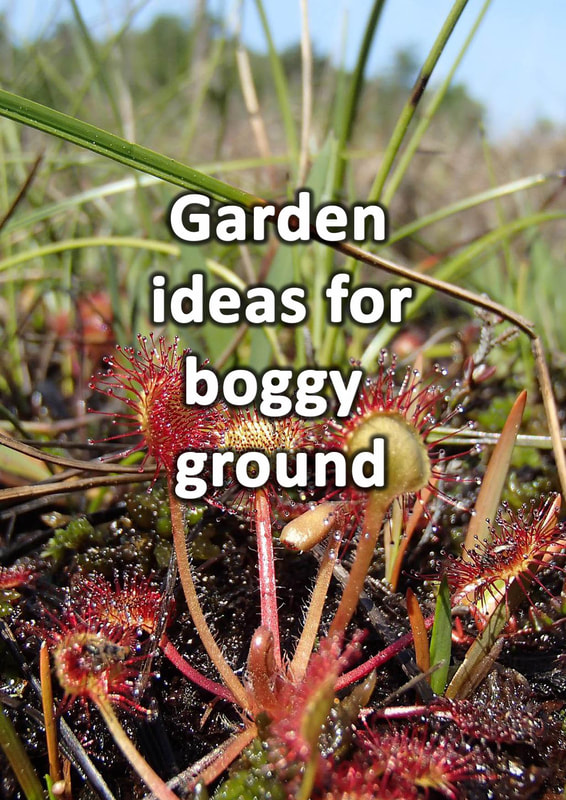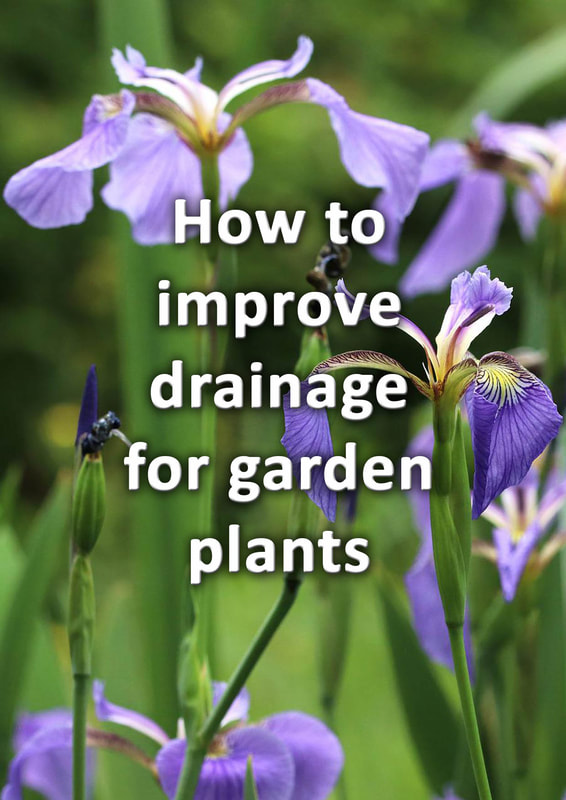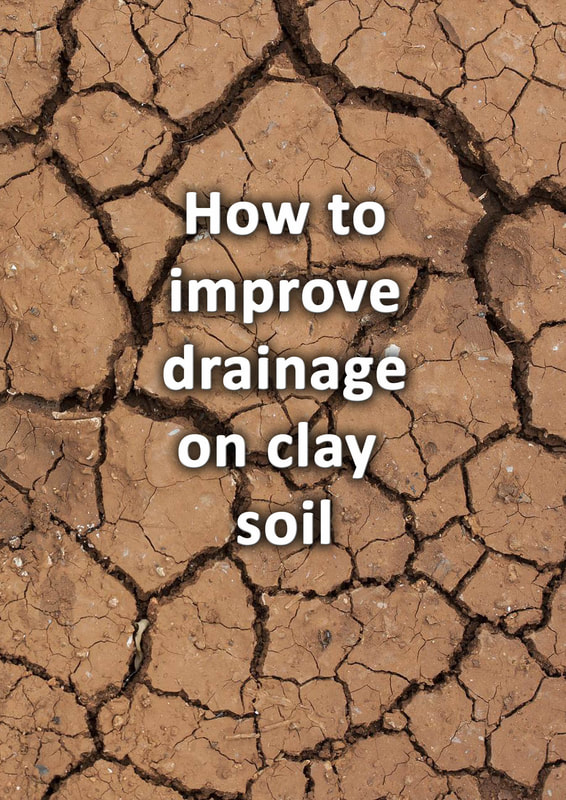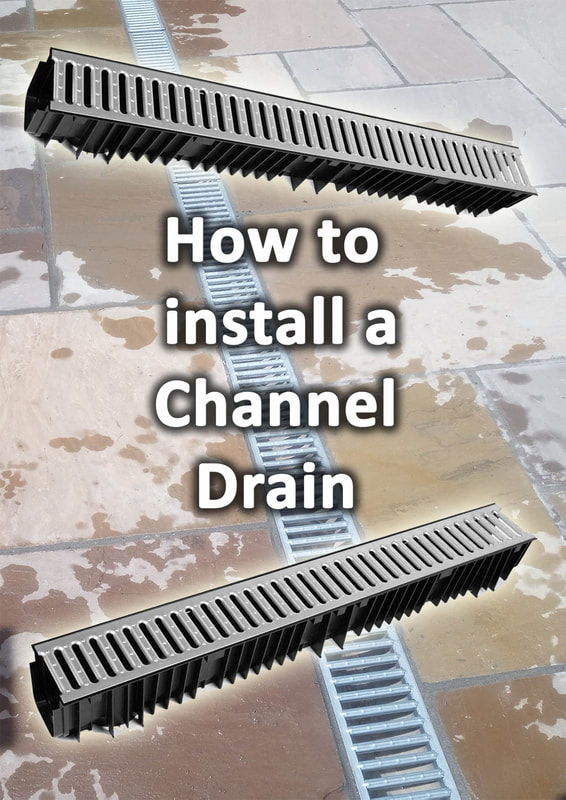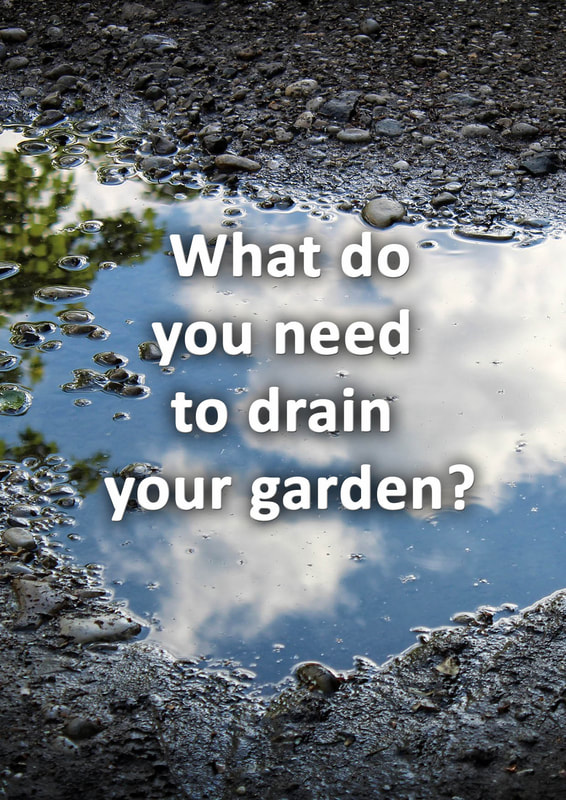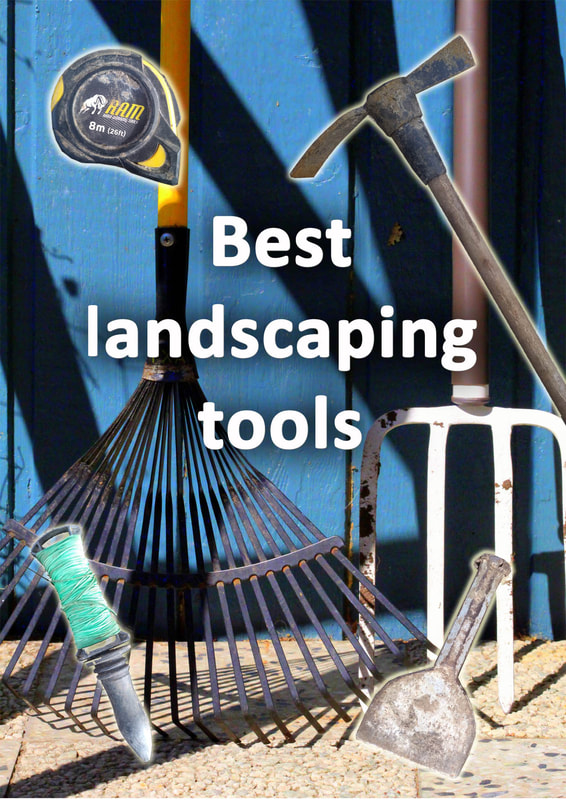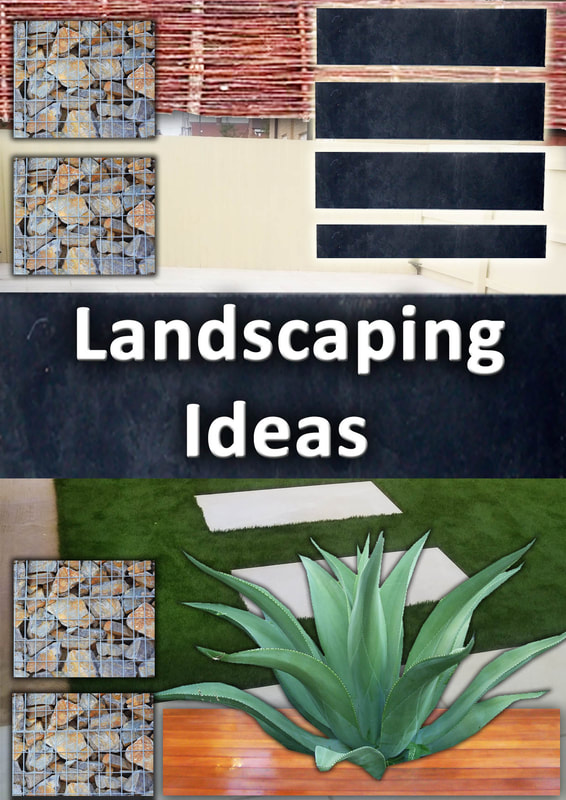|
This article contains affiliate links
Lawns have always provided lush, green and affordable spaces within the garden.
Their soft but firm properties make them the perfect multifunctional surface for the garden. However when lawns become waterlogged they can be quite the opposite. Poor lawn drainage can lead to rutted ground and over compaction. Once a lawn has become waterlogged the problem can persist even during the summer months. Lawns with poor drainage can end up being avoided at all costs. The ground becomes spongy and muddy resulting in less usable space. This is particularly unfortunate if you like to entertain or have a special event during the summer calendar. The good thing is poor lawn drainage is nearly always possible to resolve. The solution will depend on the correct lawn drainage diagnosis from the outset. Discovering this will mean exploring some potential causes influenced by your specific site conditions. In this article we explain how to diagnose poor lawn drainage and the steps that can be taken to fix it. Why is my garden lawn waterlogged?There are many reasons why a lawn may be waterlogged. Generally a rule of thumb dictates the longer a lawn has been waterlogged the more work it will take to drain. If you have encountered a sudden waterlogged situation the chance is it is easier to resolve. As a trend, lawn drainage is becoming an ever increasing issue particularly in residential neighbourhoods. The continuous paving over of virgin soil and overdevelopment has led to an increase in surface run off. This has been further exacerbated by less traditional flower borders and planting to soak up water. New extensions funnel gutters into new soakaways which further saturate a localities soil. This means it takes an ever sophisticated eye to judge why your lawn is flooded and how to resolve it. Below I have listed the main reasons for waterlogged ground and poor lawn drainage. Compaction
One of the most common reasons for bad lawn drainage is compaction. Over time, lawns become well trodden leading to a gradual compaction of soil particles. The top layer of the lawn becomes capped which is then more likely to hold standing water. These damp areas then become even easier to compact as moisture further lubricates soil particles. Compaction then becomes a self fulfilling prophesy. Water table
Every region has a level where ground water naturally sits within the soil. This is not really an issue if you live at elevation but most towns and cities lie within a river basin. During winter months a water table will be higher and in summer it will be lower. Obviously the closer you live to a natural watercourse the higher your water table will be. During periods of particularly heavy rain it is common for lawns in such regions to become boggy. Generally this is less of an issue being seasonally transitory in winter when gardens are not in use. Soil type
The type of soil you have can have a substantial impact on your lawns drainage. Clay soil is infamous for soaking up water like a sponge and turning lawns into a sodden mess. On the other hand sandy loams and chalky soils are much better drained. However it is important to recognise the latter can dry out too much during the summer months. Hence, clay soil can be turned into a positive if you are willing to add drainage. Clay soil can be improved by mixing in course and plenty of organic matter. Executed correctly the moisture retentive qualities of clay could actually benefit a garden lawn. Levels
Levels can have a major impact on your lawns drainage capabilities. Undulating lawns are much more likely to become boggy than those with flush and consistent gradients. To maximise your lawns drainage it should not have divots or low spots. These will allow water to sit on the lawn and lead to higher levels of saturation. It is remarkable how subtle level changes in lawns can have drastic drainage consequences. Recognise that surrounding levels in neighbouring properties can also have an impact on your lawns drainage. Recent construction
It is actually very common for a neighbouring construction to affect your lawns drainage. This includes new paving, re-levelling and home extensions. All of these can increase the saturation levels of the surrounding ground. They also have the potential to unknowingly direct surface water towards your boundary. This is never a deliberate circumstance but any, nearby, construction can affect ground saturation levels. If you are experiencing new lawn drainage issues after nearby construction it’s very likely they are both linked. A broken pipe
Lawn drainage problems created by broken pipes are less common but do happen. Typically the giveaway for these is a specific area of lawn which becomes heavily saturated. In many cases standing water can be seen on the lawns surface in the middle of summer. This is normally a back garden problem where an old clay pipe has fractured or become blocked. This is actually very common and can be easily resolved. Some excavation will need to be carried out around the pipe to expose the problem. For a step by step guide on how to repair broken clay pipes see our article here. If you have continuous running water in dry weather it could be a water main. In which case the pipe will need to be clamped off and reconnected. Garden lawn drainage solutions
Below we have listed a range of garden, lawn, drainage solutions which can alleviate lawn drainage problems. For substantial ongoing drainage issues it would be best to engineer a lawn drainage system. This normally involves a drainage channel system and soakaway. It is highly recommended to consult a garden drainage specialist to advise you on which path to take. Please contact us for a free on site consultation with us if you are unsure on how to proceed. Aerating
Aerating is a process of creating multiple holes to a lawns surface aerating the roots and improving drainage. The most common method of doing this is with a lawn aerator machine. These machines have multiple attachments for removing moss, spiking, pricking and slitting the lawns surface. This can help to alleviate compaction, strengthen roots and improve overall drainage. The most effective method for lawn drainage is coring aerator attachments, these core out tiny cylinders of the lawns surface. A mixture of course sand and compost can then be swept into the surface improving both fertility and drainage. There are also a variety of hand operated aerators on the market to aid lawn drainage. Fork lifting
Fork lifting is a very basic method of reducing lawn compaction and increasing drainage. The action simply involves forcing a garden fork about 2 inches into the lawns surface. Leverage is then gently applied to lift up a section of the lawn so it is proud. This creates significant air pockets under the topsoil layer of the lawn. This is best done in autumn before the onset of winter when there will be no footfall. This will allow the ground to settle and reduce compaction naturally. Fork lifting however is very laborious and does not make the lawn look very good during the winter months. Top dressing
Gently top dressing a lawn gradually over time can improve its quality and drainage. Top dressing normally involves spreading thin layers of sand and compost based loam to the surface. This feeds the lawn and over time improves fertility and drainage. Top dressing allows you to gradually fill dips and divots reducing excess rainwater absorption. However this is a slow and timely process better for if you wish to improve your lawns drainage over time. Filling in low spots
Low spots and undulating surfaces are common culprits of boggy lawns. A great way to start tackling a boggy lawn is to fill such low spots with a free draining loamy soil. The first step involves chipping off the grass in the low areas. Then dig over the topsoil to break up clods and alleviate compaction. Fill up the low areas with free draining topsoil and consolidate it to a flush level. The treated areas can then be turfed and seeded to make the process complete. Garden drainage systems for lawnsMost of the garden lawn drainage solutions mentioned so far will help to improve a lawns drainage. However if you have a more entrenched, lawn, drainage, problem you will normally have to implement greater measures. The next five lawn drainage solutions are much more intensive. The following methods can be used as a part of a greater lawn drainage system strategy. These are much more effective, long term, lawn drainage systems which can reap instant results. Re-grading
Re-grading and re-working the whole lawns levels is one of the best ways to improve lawn drainage. This provides the opportunity to alleviate ground compaction and re-work subsoil levels. This achieves two objectives; creates permeable subsoil and allows surface water to escape from the lawn. Re-grading also provides the opportunity to supply and spread a new free draining topsoil layer. This not only improves drainage but allows grass to develop robust root systems. The unfortunate aspect of such re-grading is you will need to relay a new lawn. This can be costly but is a sure way to improve a lawns drainage successfully. Integrating a lawn drainage layer
Free draining layers consist of a build up of course sand just under the topsoil layer. This provides a passage for ground water to escape from saturated ground. This keeps the top few inches of a lawn well drained eliminating boggy conditions. Free draining, sand bed, layers are used extensively to drain professional sports pitches in stadiums. Once again implementing such a lawn drainage system does require re-laying a new lawn. It is advised therefore that both re-grading and drainage layers should be combined simultaneously for maximum effect. Why not visit our article on how to use lawn sand to improve your lawn here. Installing a lawn drainage system
If you have serious lawn drainage problems the most intensive solution is lawn drainage systems. The two main types of these include Herringbone and Grid drainage systems. These include a series of interlinking drainage channels which draw water out from saturated ground. This is achieved by running hollow, perforated pipes through channels of free draining gravel. This enables hydraulic pressure to force water into the drainage channels and away from the lawn area. These drainage channels can then direct water to their destination drains or soakaway systems.
Diagram of a lawn grid drainage system
Lawn drainage channelsLawn drainage channels do not necessarily have to make up either Grid or Herringbone systems. Drainage channels can be utilised in a number of different ways to relieve boggy lawns. This is especially so if one particular section of lawn is encountering significant drainage problems. This is common in lawns with low lying topography or significant undulation. In such circumstances drainage channels can run the length of low lying sections of lawn. Traditional drainage channels generally consist of linear excavations housing perforated pipes encased within free draining gravels. These can draw out ground water from underneath boggy lawns and divert it away to drainage outlets such as swales and soakaways. Lawn drainage Soakaways
A common scenario with boggy lawns is there is not enough soft ground to absorb excess water. Lawns are usually surrounded by areas of hard standing which increases their absorption demand. This can lead to lawns and flower beds becoming overwhelmed in times of heavy rain. One of the best lawn drainage installations are those which create a large void for water to drain to. Garden soakaways are typically installed to hold a cubic metre of water under the soils surface. These can be installed using plastic drainage crates which hold up to 97% of their volume in water. These are perfect for providing excess storm water somewhere to go during heavy rainfall. Lawn drainage systems and channels can plumb directly into them improving garden and lawn drainage dramatically. For more information on how to install a garden soakaway step by step visit our resource here. Garden drainage services & drainage contractors in Buckinghamshire
Buckinghamshire landscape gardeners are experts in garden drainage and provide a number of garden drainage solutions. Our garden drainage services include;
Our garden drainage services cover most of Buckinghamshire including:
If you require lawn drainage services please do not hesitate to contact us here. We provide free consultations and garden lawn drainage assessments.
After a site visit we will provide a written assessment summery and outline a recommended drainage strategy. This will accompany a formal quotation for the proposed project.
'As an Amazon associate I earn from qualifying purchases'
0 Comments
Leave a Reply. |
The Author
|
Landscaping services across Buckinghamshire, Amersham, Aylesbury & High Wycombe
Hyde Heath, Amersham, Buckinghamshire |
|
